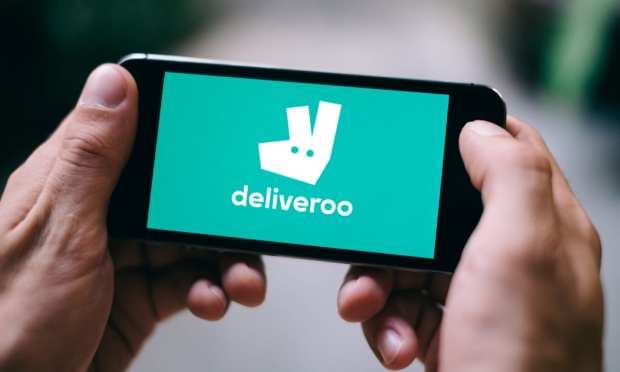Deliveroo’s Restaurant Efforts Could Spell Trouble for Merchants on the Platform

United Kingdom-based food delivery company Deliveroo is entering the restaurant space, avowing that its goals are limited to this one location, but if the company’s ghost kitchen efforts are any indication, there could be more down the line.
On Friday (Jan. 7), The Wall Street Journal (WSJ) reported that a licensing application to the borough council for London’s Camden area shows that the delivery service aims to open a pizzeria called Pizza Paradiso therein, one with outdoor and indoor seating areas, setting the location apart from other delivery services’ purely off-premise restaurant efforts.
The company asserts that the goal of the restaurant is purely to learn more about merchants on the platforms’ needs, with a spokesperson telling the news outlet, “We want to understand restaurants’ pain points with the aim of solving them, and to do this by having a deep understanding of restaurant owners’ mind-set.”
Deliveroo’s past activities offer both evidence for this stated goal and evidence against. In 2019, the company opened a food hall-style eatery in Singapore, the Deliveroo Food Market, which has been successful enough to remain open, but which does not seem to have occasioned any similar locations in other areas, existing as a standalone venture.
However, the company’s ghost kitchen efforts, which began as far back as 2016, have taken off, with almost 300 such locations currently in operation. In fact, these delivery-only locations are a significant enough portion of the business that they pose a threat to merchants on the platform.
“They woo you with honeyed words and push users towards you at the beginning, so it seems like it’s working out, then you drop like a stone,” one restaurant owner told The Observer. “They’re stealing our customers, and we’ve had enough.”
If Deliveroo’s brick-and-mortar restaurant efforts extend beyond the one pizza parlor, restaurants will have to compete with the food delivery platform, which can boost its own restaurants right to the top of its marketplace, offering a powerful customer acquisition channel, not only for the off-premise occasion but also for the on-premise.
Such a move would present Deliveroo with the opportunity to seize on consumers’ preference for ordering directly from restaurants versus from third parties. PYMNTS’ December study “The Connected Consumer In The Digital Economy: Who Wants To Live In A Digital Connected Economy — And Why?” which surveyed a census-balanced panel of over 3,100 U.S. adults in the fall about how they engage digitally with their everyday activities, found that 41% of consumers use aggregators to place restaurant orders, while 49% place restaurant orders through restaurants’ websites or via their mobile apps.
Get the study: The Connected Consumer In The Digital Economy
Those who do use aggregators are looking for a quick, simple experience. Research from PYMNTS’ November study “Digital Divide Aggregators and High-Value Restaurant Customers,” created in collaboration with Paytronix, which surveyed more than 2,200 U.S. adults about their restaurant ordering behavior, found that “ease and convenience” was the No. 1 reason consumers used food aggregators. Moreover, the study found that for restaurants’ highest-spending, highest-frequency customers, faster delivery and better ordering and payment experiences were also significant motivators, as was the lack of availability of other ordering channels.
Read the full report: Delivery Service Aggregators and the Digital Shift